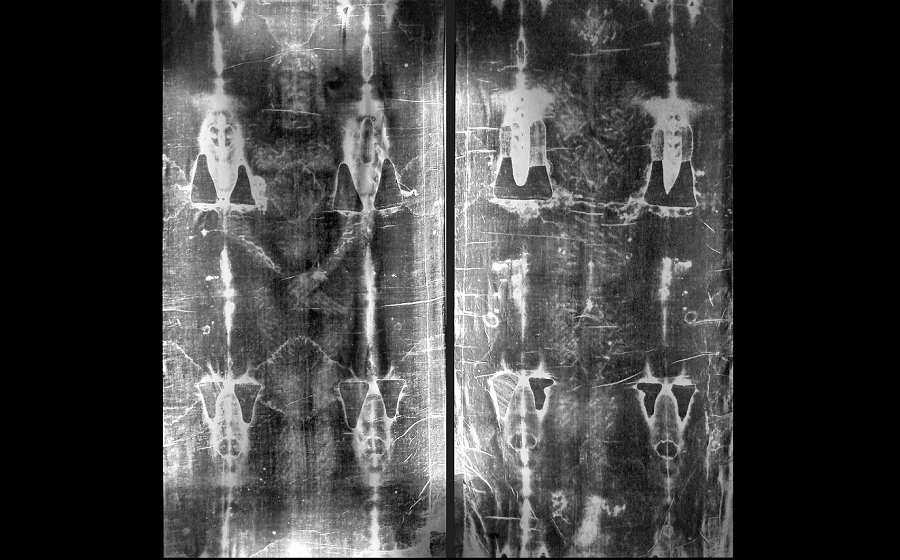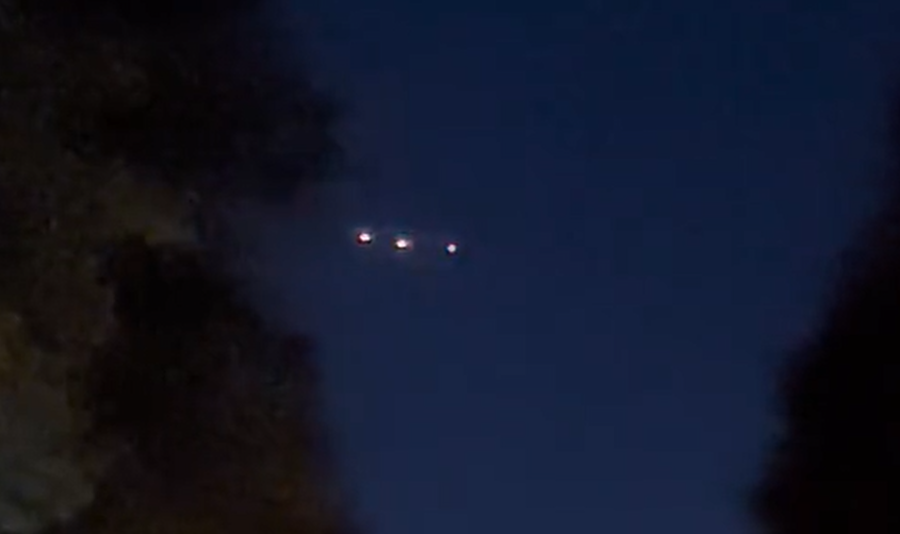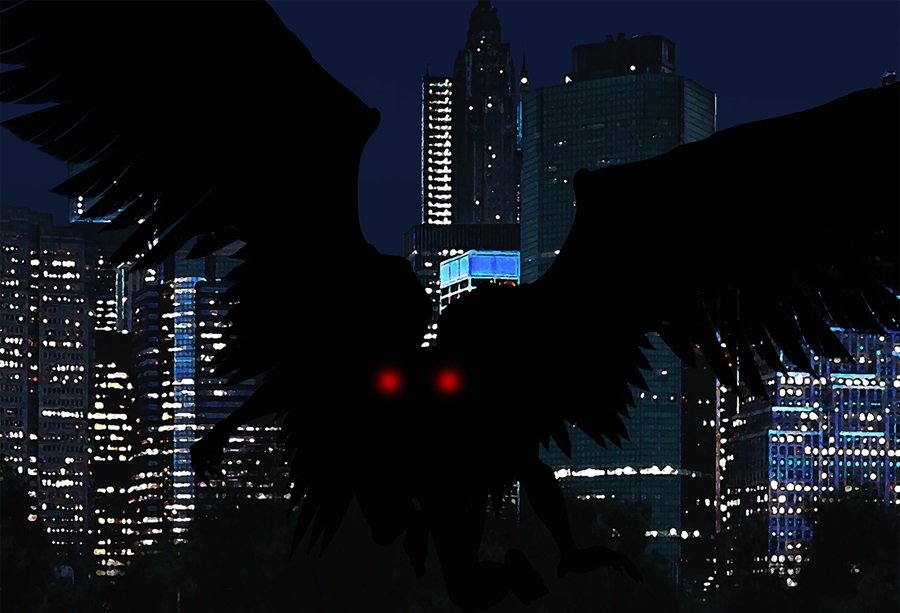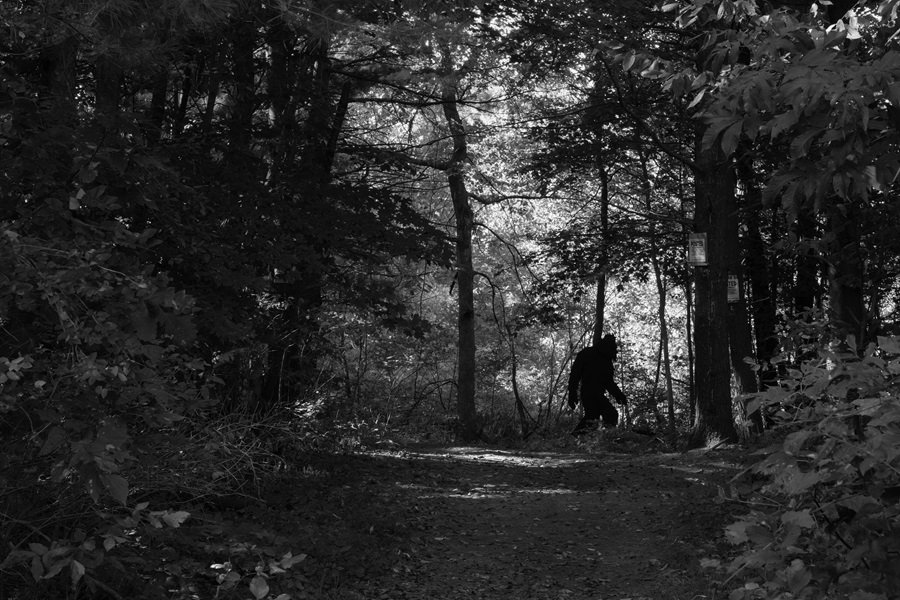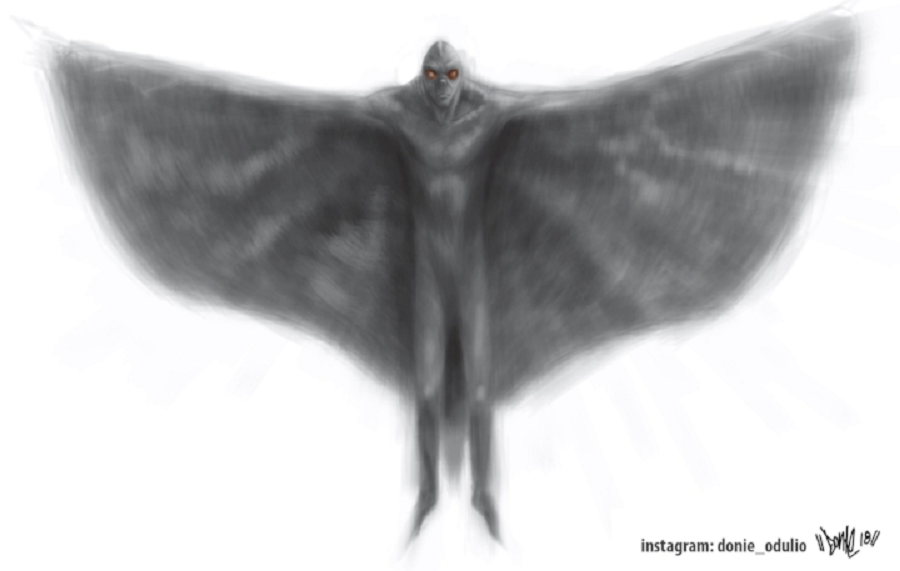Workers in Brazil Find "Image of Jesus Christ" in Trunk of Willow Tree
The image appeared throughout the tree’s trunk. (Odimar Souza)
Workers in Itaquiraí, Mato Grosso do Sul, Brazil, said that the trunk of a willow tree they cut down while pruning for the city featured a strange figure inside of it, which some of them referred to as the “image of Jesus Christ," reported Globo.
The image was found on July 9th by Odimar Souza, the city's works director.
Souza said that workers cutting the tree saw the image in the gap opened by the chainsaw they were using, and at first thought it was similar to a butterfly. Soon after spotting it, the saw's chain, which was new, broke. The chain was replaced and cutting resumed, after which they saw that the image appeared throughout the tree's trunk—noticing it in the section they’d removed and the portion of the trunk remaining in the ground.
“After changing the chain, we cut this same trunk in two pieces and that was when this perfection appeared," said Souza.
He took part of the trunk home and shared the image on social media, which quickly gained attention.
“Even a niece of mine who lives in Italy called me to find out more about the drawing, after I published this photo," he added.
But others found the image less remarkable.
Biologist Fabiano Izidoro explained that "it is necessary to see where this plant grew, type of soil, nutrients and what it absorbed," because the formation of spots on the internal and external parts of a tree can be influenced by environmental factors.
According to Izidoro, the image which appeared in the tree can be linked to possible damage to the cells of the plant during growth, or through chemical elements that it has absorbed. It's also possible that the action of ultraviolet rays played a role in the image's development.
“Plants have conductive vessels that are [known as] xylem and phloem, that is, they are the conductive vessels of sap. So, when it absorbs nutrients from the soil, those [nutrients] can generate some kind of pigmentation. That is why there are species of trees where spots appear on their trunks and these can have different colors," he explained.
The biologist explained away the workers' perception of Jesus Christ in the image as pareidolia—the tendency to perceive a specific, often meaningful image in a random or ambiguous visual pattern.
“This is very similar when we look at the sky and through a cloud we can see some figure," he said.
Pareidolia, however, explains only the how of an anomalous image, not the why, according to the Singular Fortean Society’s lead investigator, Tobias Wayland.
“What if pareidolia is simply one of the means through which paranormal entities communicate?” asked Wayland.
“Imagine ‘spiritual’ beings that exist on the level of human consciousness, and what they might need to do to communicate with us,” he continued. “Sure, they could ‘speak’ to us directly through dreams or visions, but how would they make a visible, physical appearance? Maybe human consciousness interacts with the paranormal in such a way that sometimes the end result is physical reality acting in accordance with our expectations regarding paranormal events, and maybe that explains the pareidolic images associated with certain phenomena—like ghosts, cryptids, or religious images.”
“In essence, we’re directed by paranormal phenomena to interpret carefully constructed—but seemingly random—stimuli in a way that allows us to ‘see’ a physical representation of something that is only psychically present,” said Wayland. "In this case, a confluence of events that led to these workers seeing an image of Jesus."
“Although it could be imagination and wishful thinking, too, in some cases,” he added. “Maybe even in this case. The real challenge is discerning between these possibilities.”
To report your own encounter with the impossible, reach out to us directly at the Singular Fortean Society through our contact page.
If you enjoyed this article and would like to support the Singular Fortean Society, please consider becoming an official member by signing up through our Patreon page—membership includes a ton of extra content and behind-the-scenes access to the Society’s inner workings.






